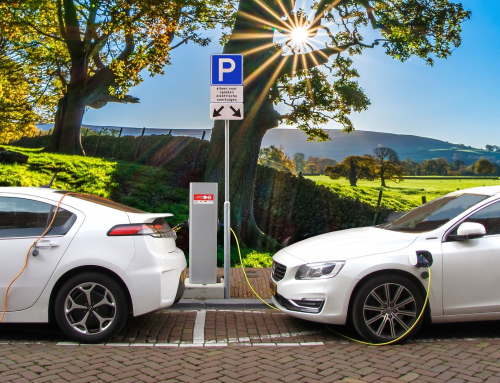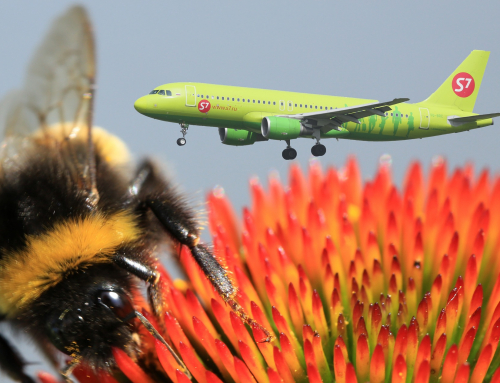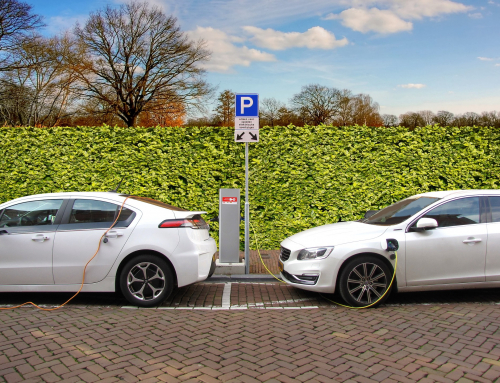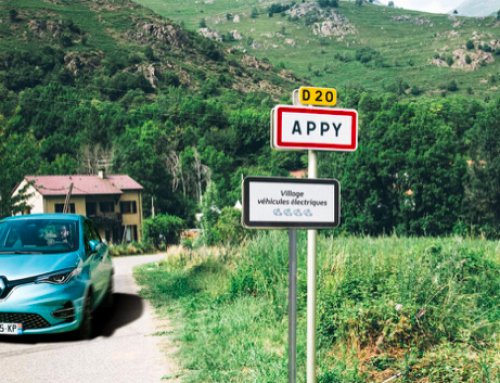By Julian Singer
ZeroAvia’s mission is to place a hydrogen-electric engine in every aircraft. The company was formed in 2018 and in January this year flew a 19-seater Dornier 228 fitted with one hydrogen-electric engine and one standard engine for ten minutes from its base on an airfield near Cirencester.
In the intervening period it has developed engines to power a 6-seater Piper Malibu, culminating in the first of more than 30 flights with a 250kW hydrogen-electric engine in early 2021. It has successfully raised funds and developed partnerships with airlines, initially British Airways but subsequently United Airlines and others, and signed hydrogen collaboration agreements with a variety of organisations such as Shell and Birmingham Airport. Others have pre-ordered powertrains and invested. The UK government has granted funds. Not surprisingly there is a lot of interest in the future of aviation: ZeroAvia claims to have 1500 engines on pre-order, seven partnerships with aircraft manufacturers and a number of fuel and airport partnerships.

www.zeroavia.com
The hydrogen-electric engine uses fuel cells to convert hydrogen into electricity which drives an electric motor that turns a propeller[1]. It is just one of several approaches being taken to de-carbonise aviation. The challenge to global warming is not just the CO2 emitted by burning kerosene but also the emission of nitrogen oxides (NOx) and the effect of water vapour and contrails. The purest solution is to use batteries, which have no emissions, but they are heavy and very unlikely to be scaled up to power commercial aircraft. An intermediate solution would be the hybrid-electric powertrain, such as that proposed by Rolls Royce. It uses batteries, but also has a turbogenerator that re-charges them during flight. The result is fewer emissions but by how much is uncertain.
Another solution is to use a sustainable aviation fuel derived, for example, from biomass such as that developed by Velocys (Greenbarrel, March 2021). By growing new biomass the CO2 emissions during flight may be offset, but the NOx and contrail effect would remain. Considering the vast amount of aviation fuel consumed today it is difficult to see how a sustainable fuel could be produced in sufficient quantities to make this the only solution.
A further alternative is to use hydrogen rather than kerosene in the aircraft’s engines. This would eliminate emissions from CO2 but not prevent NOx, water vapour and contrails. The amount of hydrogen required is also large. ZeroAvia’s hydrogen-electric solution is a more efficient use of hydrogen and also the cleanest, with no CO2 or NOx emissions during flight and only some water vapour and contrails. It is also firmly based on using existing aircraft designs. The challenge is to keep the weight of the electrolysers, electric motors and hydrogen tanks low enough for commercial flying.
Another challenge is the public perception of hydrogen as a dangerous explosive. It is, of course, potentially dangerous but is it more so than kerosene? There are several ways in which the danger can be measured: the concentrations and temperature at which the gases will ignite, the energy needed to initiate ignition, the temperature of ignition, among others. It is therefore difficult to reach a definite conclusion. Proponents and opponents of hydrogen tend to cherry-pick the numbers that suit them. What can be said is that hydrogen has been used for many years in industry where means have been found to store, transport and use it safely. Whether these can be adapted to the aviation environment still needs to be proved.
ZeroAvia’s plans are certainly ambitious. Later this year it expects to power a 19-seat aircraft with 600kW engines on a flight of 300 nautical miles. In 2025 it expects to be able to offer this commercially. From then on it plans a steady expansion in engine size and aircraft, reaching a 200-seat aircraft that can fly 3000 nautical miles in 2035.
The company was founded and is still led by Val Miftakhov, a Russian who completed his education in the US. It is based at the Cotswold airport near Cirencester and has a branch in Everett, Washington State.
[1] In the recent test a lithium-ion battery pack was used to provide peak power during take-off and act as a back-up for safety purposes.




